|
TDA2030Pro – Bench Testing
The TDA2030Pro is similar to the TDA2050Pro except that the chip amp is a TDA2030A. According to ST datasheet, the TDA2030A has lower distortion. It looks to me that ST designed this TDA2030A more for the HiFi market. For this TDA2030Pro, I decided to add in the extra power transistors for higher current output (see schematic above). This will ease stressing the TDA2030A when driving 4Ω speakers into clipping. I do not encourage abusing any amplifiers this way as the sound is firstly bad and secondly, it will send the amplifier to HiFi heaven. But in practical use, it is not uncommon to clip power amplifiers, more so when they are low power chip amps. Since this TDA2030Pro is meant for active speakers, it features Balanced Input and adjustment to tune the input sensitivity to dBu or dBV. The power transformer is the same as the TDA2050Pro, a small 12-0-12Vac. Working rail voltages are +/- 16Vdc. The bridge rectifier and filter caps are on-board. Simply solder in the transformer secondaries and the center-tap wires and the TDA2030Pro is ready to go. Full Power into 4Ω
The maximum voltage swing just before clip is at 7V RMS (left plot). This works out to 12 Watts into 4Ω. Clipping is symmetrical (right plot) with no instability observed. 10kHz and 20kHz Square Wave into 4Ω
The TDA2030Pro Square Wave responses are very good. It appears the high frequencies extend quite high. Note the flat tops, particularly in the 20kHz display. I have no reason to doubt this because in their datasheet, the TDA2030A power bandwidth extends to 100kHz. With such a wide bandwidth, this chip amp is ideal for HiFi or dedicated to drive tweeters in an active bi-amp system. A point to note is the trailing edges in the square waves are not as smooth as the leading ones. Maybe there’s some slewing difficulties in the negative swing. I doubt this is detrimental to the sound quality as the sine wave responses up to 20kHz are completely clean. Another interesting point is this TDA2030Pro does not need a capacitor in the feedback path for phase lag compensation. This simplifies the design somewhat. TDA2030Pro SpecificationsPower Output = 12W into 4Ω Power Supply Specs ConclusionI have yet to audition the TDA2030Pro so sound wise, I don’t know how it’ll fare against the TDA2050Pro. Even if it sounds better, it wouldn’t make any difference in commercial use such as in Back Ground Music. However, for studio monitors and HiFi, the lower distortion in the TDA2030A is an advantage. The TDA2030Pro pcb is slightly larger than the TDA2050Pro because of the extra power transistors. Length is 3.5″. Width is 2″. It is still compact enough to be housed inside a speaker. I’m sure readers will be intrigued with the two extra power transistors used in this TDA2030Pro. Basically, they are current dumpers. They are activated when the voltage across the 1.5Ω resistors exceed 0.6V. In my full power test, I recorded 12W into 4 ohms. This works out to 1.73A output current. Divide by 2 and we get 0.87A per rail. At 0.87A, the voltage across the 1.5Ω resistor is 1.3V. We can see that the additional power transistors are in fact working. I used TIP31C and 32C since I have them in stock. I’m certain any other TO-220 medium power transistors will work fine. |

April 4, 2022Electronics, Projects
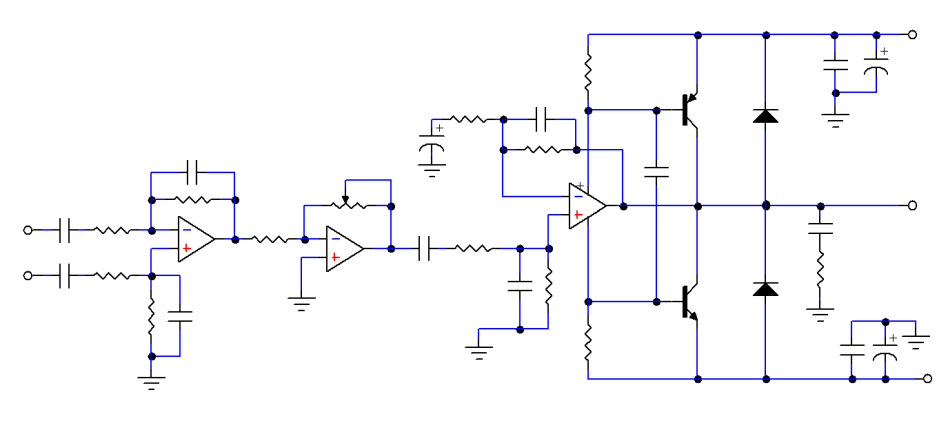
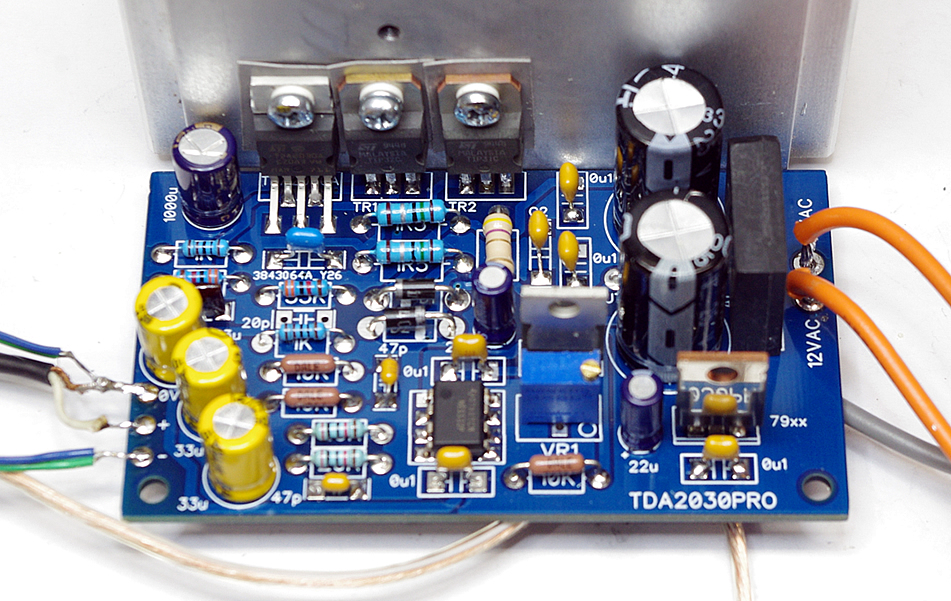
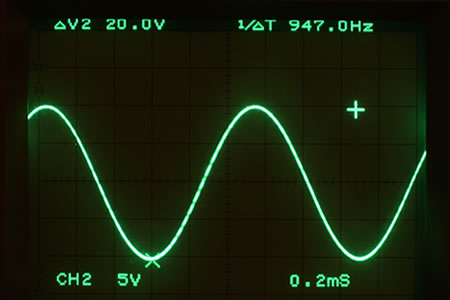 1kHz Full Power into 4Ω
1kHz Full Power into 4Ω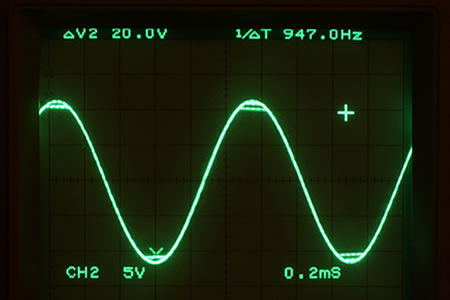 1kHz Clipped Waveform into 4Ω
1kHz Clipped Waveform into 4Ω 10kHz Square Wave into 4Ω
10kHz Square Wave into 4Ω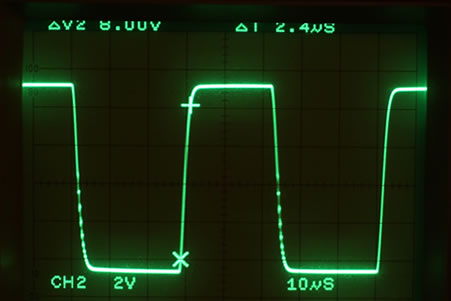 20kHz Square Wave into 4Ω
20kHz Square Wave into 4Ω